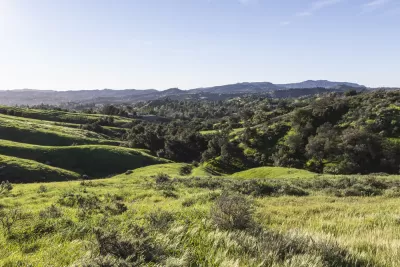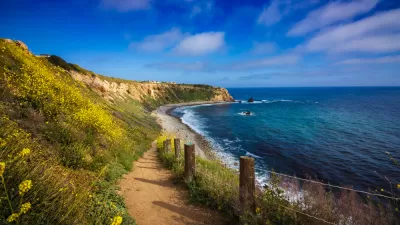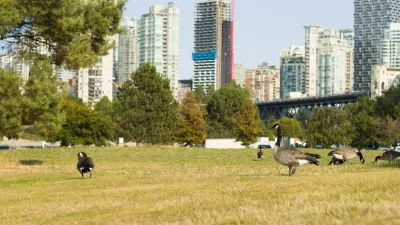Through thoughtful planning and restoration efforts, parks can help heal degraded land, meeting multiple community needs, improving soil quality, restoring native vegetation, and creating habitats for wildlife.

The creation of new parks represents a powerful way to regenerate both the land and the communities that inhabit it. By restoring damaged landscapes, providing valuable green spaces, and fostering environmental education and awareness, parks can play a significant role in healing the land and building more sustainable and resilient communities.
As park planner Clement Lau explains in this article, creating new parks, especially in areas scarred by industrialization, urbanization, and/or environmental degradation, can serve as a transformative force, regenerating both the land and the communities that surround it. He highlights Los Angeles County's efforts to implement the recommendations of the Parks Needs Assessment Plus (PNA+) which reimagines conservation through an equity lens to include both the protection of natural lands and the restoration of degraded lands, especially in lower-income communities of color where vulnerable populations and environmental burdens are concentrated.
Parks are not just spaces of leisure and recreation, but are also sanctuaries of nature’s resilience and human hope. Former industrial sites, landfills, and other damaged areas can be transformed into vibrant green spaces, teeming with biodiversity. Through thoughtful planning and restoration efforts, these parks can help heal the land, meeting a variety of community needs, improving soil quality, restoring native vegetation, and creating habitats for wildlife. This regeneration not only improves the aesthetics of the area, but also contributes to the health of the ecosystem and mitigates environmental damage.
FULL STORY: The Healing Power of Parks: Regenerating Landscapes and Communities

Maui's Vacation Rental Debate Turns Ugly
Verbal attacks, misinformation campaigns and fistfights plague a high-stakes debate to convert thousands of vacation rentals into long-term housing.

Planetizen Federal Action Tracker
A weekly monitor of how Trump’s orders and actions are impacting planners and planning in America.

In Urban Planning, AI Prompting Could be the New Design Thinking
Creativity has long been key to great urban design. What if we see AI as our new creative partner?

How Trump's HUD Budget Proposal Would Harm Homelessness Response
Experts say the change to the HUD budget would make it more difficult to identify people who are homeless and connect them with services, and to prevent homelessness.

The Vast Potential of the Right-of-Way
One writer argues that the space between two building faces is the most important element of the built environment.

Florida Seniors Face Rising Homelessness Risk
High housing costs are pushing more seniors, many of them on a fixed income, into homelessness.
Urban Design for Planners 1: Software Tools
This six-course series explores essential urban design concepts using open source software and equips planners with the tools they need to participate fully in the urban design process.
Planning for Universal Design
Learn the tools for implementing Universal Design in planning regulations.
Gallatin County Department of Planning & Community Development
Heyer Gruel & Associates PA
JM Goldson LLC
Mpact (founded as Rail~Volution)
City of Camden Redevelopment Agency
City of Astoria
Jefferson Parish Government
Camden Redevelopment Agency
City of Claremont





























